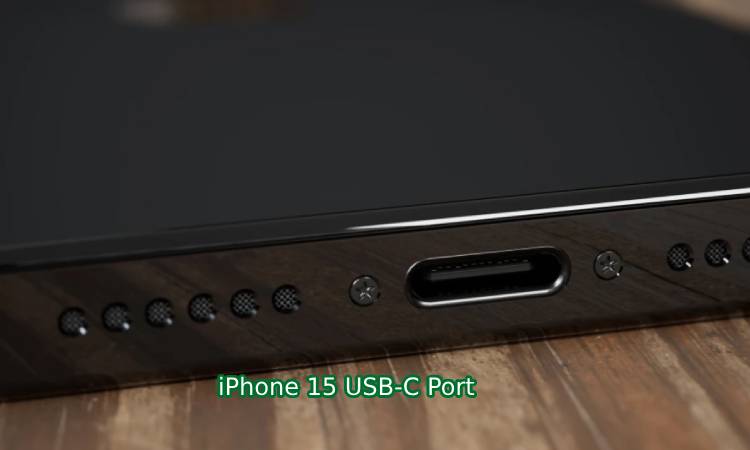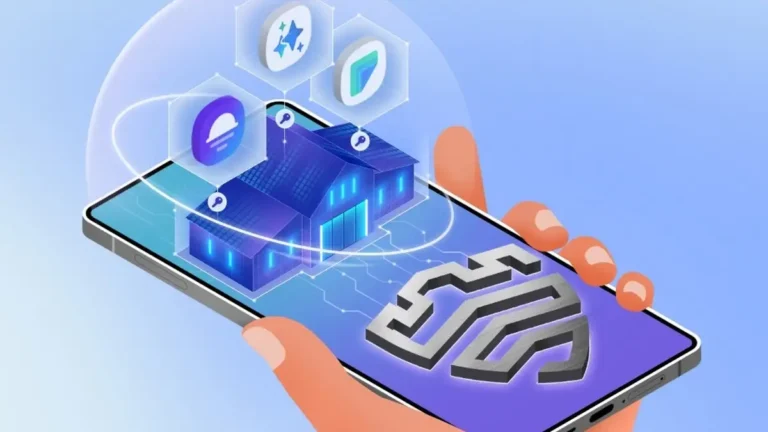
iPhone 15 and the USB-C Port: A Complete Guide to Apple’s Transition
In a highly anticipated move, Apple is set to introduce the iPhone 15 series with a significant change – the adoption of the USB-C port. As we eagerly await Apple’s ‘Wanderlust’ event on September 12, let’s delve into everything you need to know about this transition.
What is USB-C and How Does it Differ from Lightning?
The USB-C connector, developed by the USB Implementers Forum, has become an industry standard embraced by major tech companies. Unlike Apple’s proprietary Lightning port, USB-C is universal and reversible, making it easier to use. USB-C supports faster data transfer speeds (USB 3.0, USB 4.0, Thunderbolt), varied charging rates (USB Power Delivery), and high-resolution video output.
iPhone 15 and USB-C: What to Expect
Charging Speed:
With the iPhone 15 lineup, all models will feature a USB-C port and cable. However, the upgraded charging speed is expected to be exclusive to the iPhone 15 Pro and iPhone 15 Pro Max, rumored to reach a maximum of 35W, surpassing the 20W capability of the iPhone 14. This could mean faster charging times, especially with compatible chargers.
Data Transfer Speed:
Reports suggest that data transfer speeds may also vary among models. The premium iPhone 15 Pro and Pro Max could support lightning-fast speeds of 20Gbps or even 40Gbps, potentially indicating Thunderbolt 4.0 compatibility. This would enable swift data transfers, including the ability to drive multiple high-resolution displays with a single connection.
Compatibility:
Concerns about Apple limiting the use of the USB-C port with only approved accessories and cables have surfaced. However, this restriction is not widely expected, as USB-C’s appeal lies in its universal compatibility. This transition may require users to replace their old USB-C to Lightning cables, but it’s unlikely that Apple will restrict accessory choices.
Design and Durability:
Apple intends to emphasize the USB-C transition by offering color-matching, braided USB-C cables with added strain relief tubes for enhanced durability. This move aims to address the common issue of Apple cables fraying easily, providing a more robust user experience.
Conclusion: A Step Forward
The shift to USB-C in the iPhone 15 series signifies a positive step for Apple, driven in part by EU regulations. While certain advantages like faster charging and data transfer speeds may be exclusive to the Pro models initially, this transition ultimately benefits all iPhone users. Future generations of iPhones are likely to see USB-C improvements trickle down to more affordable models, ensuring a better user experience and the convenience of standardized cables for all Apple enthusiasts.
Stay tuned for Apple’s official announcement on September 12, when we’ll learn more about the iPhone 15 series and its USB-C capabilities.

